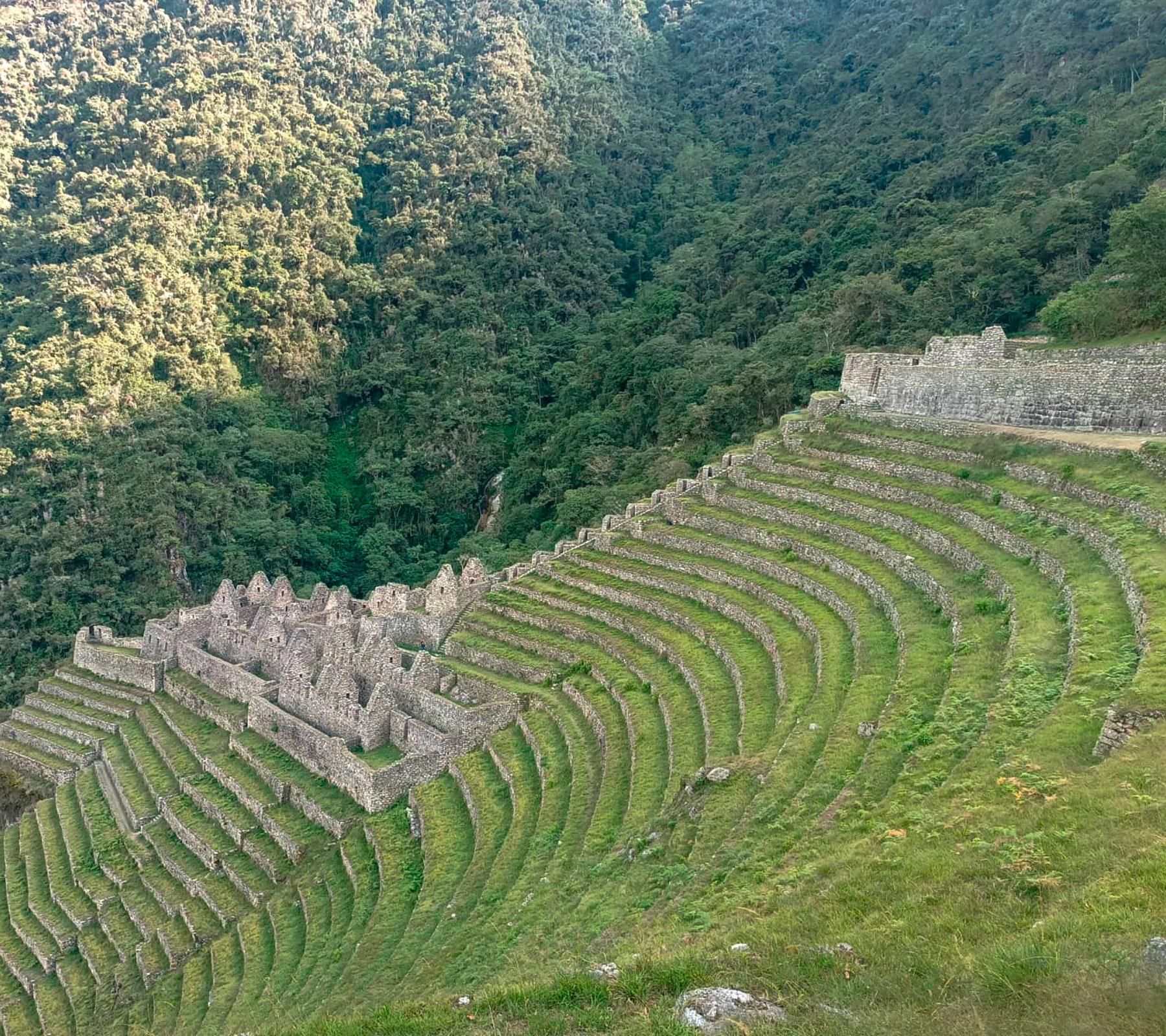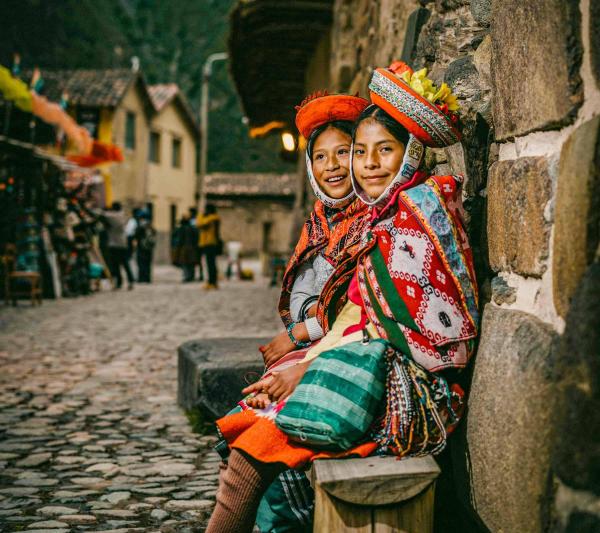The Inca Trail in Peru: A Trek Connecting Inca Wisdom to the Lost Citadel
The Inca Trail is a remarkable testament to the engineering prowess of the Incas, carved within their vast empire, the Tahuantinsuyo. Wind your way through the Peruvian Andes on this ancient route, which once played a crucial role in the Inca Empire by linking their capital, Cusco, to other important sites.
As you embark on the Inca Trail, you follow in the footsteps of intrepid adventurers and explorers as you navigate rugged terrain and awe-inspiring landscapes. Along the way, you'll discover temples, terraces, and sacred sites that tell the stories of a distant past.
This trek blends history and nature, drawing you nearer to the essence of Inca culture with every step. Conquer the challenging Dead Woman’s Pass and marvel at the architectural gem of the Wiñay Wayna Inca site nestled in the cloud forest.
Your adventure culminates at the enigmatic Inca citadel of Machu Picchu, the legendary "Lost City of the Incas." This breathtaking architectural wonder is set against the majestic backdrop of towering peaks. Its purpose, cloaked in mystery, continues to inspire endless curiosity and awe.
The Inca Trail in Peru is more than just a hike—it’s a journey of exploration that bridges the gap between past and present. It celebrates human achievement and pays homage to a civilization that left a lasting legacy on the world.
Inca Trail Peru: Walking Through the Heart of the Inca Empire
The Qhapaq Ñan, also known as the Inca Trail, is an extensive network of roads that stretches over 60,000 kilometers, weaving through the diverse landscapes of what was once the vast Tahuantinsuyo, the Inca Empire. This intricate web of pathways connected distant regions that today include parts of Colombia, Ecuador, Peru, Bolivia, Chile, and Argentina.
Winding through mountain passes, highlands, and plateaus, the Qhapaq Ñan was more than just a transportation route—it was a symbol of the Tahuantinsuyo's authority and power. The use of these roads was strictly controlled, reserved exclusively for members of the empire. Surveillance posts, strategically placed along the routes and visually linked to each other, ensured tight control over the movement of people and goods.
One of the remarkable features of the Qhapaq Ñan was its design, which prioritized the shortest possible distance between points while considering access to water sources and terrain that facilitated ease of movement. These roads were vital for the transport of goods, including food, hides, and other essentials needed for the activities of the Inca civilization across different territories. Llamas, the region's native animals, were commonly used for this purpose, capable of carrying between 30 and 40 kilograms of cargo.
It is worth noting that parts of the Qhapaq Ñan were originally constructed by pre-Inca civilizations such as the Chimú, Moche, Tiahuanaco, and Wari cultures. However, it was the Incas who expanded, completed, and perfected this road system, using it not only to connect their empire but also as a crucial defense mechanism for the Tahuantinsuyo.
Today, as you walk the Inca Trail, you tread the same paths that once echoed with the footsteps of Inca rulers, warriors, and messengers. The journey offers a unique blend of natural beauty and historical significance, connecting you to a civilization that mastered the art of engineering and governance in one of the most challenging terrains on Earth.
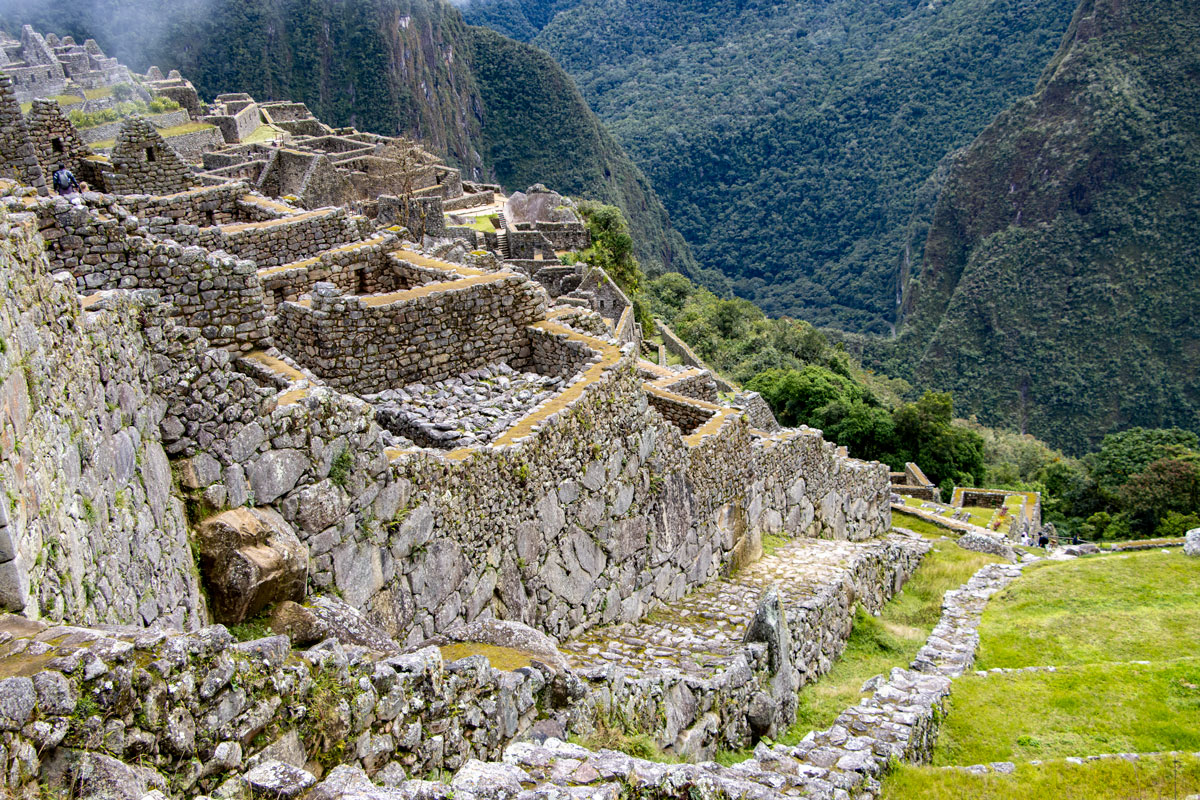
Inca Trail Itinerary Overview
The Inca Trail typically starts at Km 82 - Piscacucho, marking the beginning of the 4-day, 3-night trek. Alternatively, the trail can begin at Km 88 - Qorihuayrachina, situated at an elevation of 2,600 meters. For those opting for a shorter adventure, the 2-day Inca Trail commences at Km 104, known as Chachabamba.
To reach Km 82, hikers are usually transported by their INCA TRAIL TOUR OPERATOR via minibus along the road heading towards Quillabamba. Once you pass Piri, the road closely follows the riverbank and concludes at Km 82, where a bridge marks the starting point. Here, officials from "SERNARP" and the "Ministerio de Cultura" will verify your personal details, including your full name, passport number, and nationality, against your Inca Trail permit. It’s crucial to carry your original passport for this check.

The trek begins with a journey to Huayllabamba, following the Cusichaca River for about three hours. This section is relatively manageable. Huayllabamba is a favored camping site for many groups, but there’s also a campsite about an hour further at Llulluchayoc, sitting at 3,200 meters. A challenging 1.5-hour climb from there brings you to Llulluchapampa, a picturesque meadow ideal for camping. Reaching this spot on the first day can make the second day's hike easier, as the next stage involves a strenuous 2.5-hour ascent to the first pass, Warmiwañuska (Dead Woman’s Pass), at 4,200 meters.
After the descent into the Pacaymayo Valley, you’ll need to navigate the steep, often slippery, steps. At the bottom, by a stream, is another potential campsite, about 1.5 hours from the first pass. Camping at Runkuracay, en route to the second pass (a more manageable climb to 3,850 meters), is no longer allowed. However, you can enjoy magnificent views near the summit if the weather is clear. A good spot to spend the night is about 30 minutes past the Inca ruins at Sayacmarca, located at 3,500 meters, roughly an hour beyond the second pass.
A gentle two-hour climb along a well-preserved stone pathway brings you through an Inca tunnel and up to the third pass. Near the top, you’ll be rewarded with a spectacular view of the entire Vilcabamba range. The trail then descends to the impressive ruins of Phuyupatamarca, at 3,650 meters, which are well worth an extended visit. This site also has a 'Tourist bathroom' where water can be collected, though it should be purified before drinking. From Phuyupatamarca, steps lead downhill to the breathtaking ruins of Wiñay Wayna, located at 2,700 meters, offering views of the recently uncovered terraces of Intipata. There is a small campsite here, though the trail to Intipata is not easily visible.
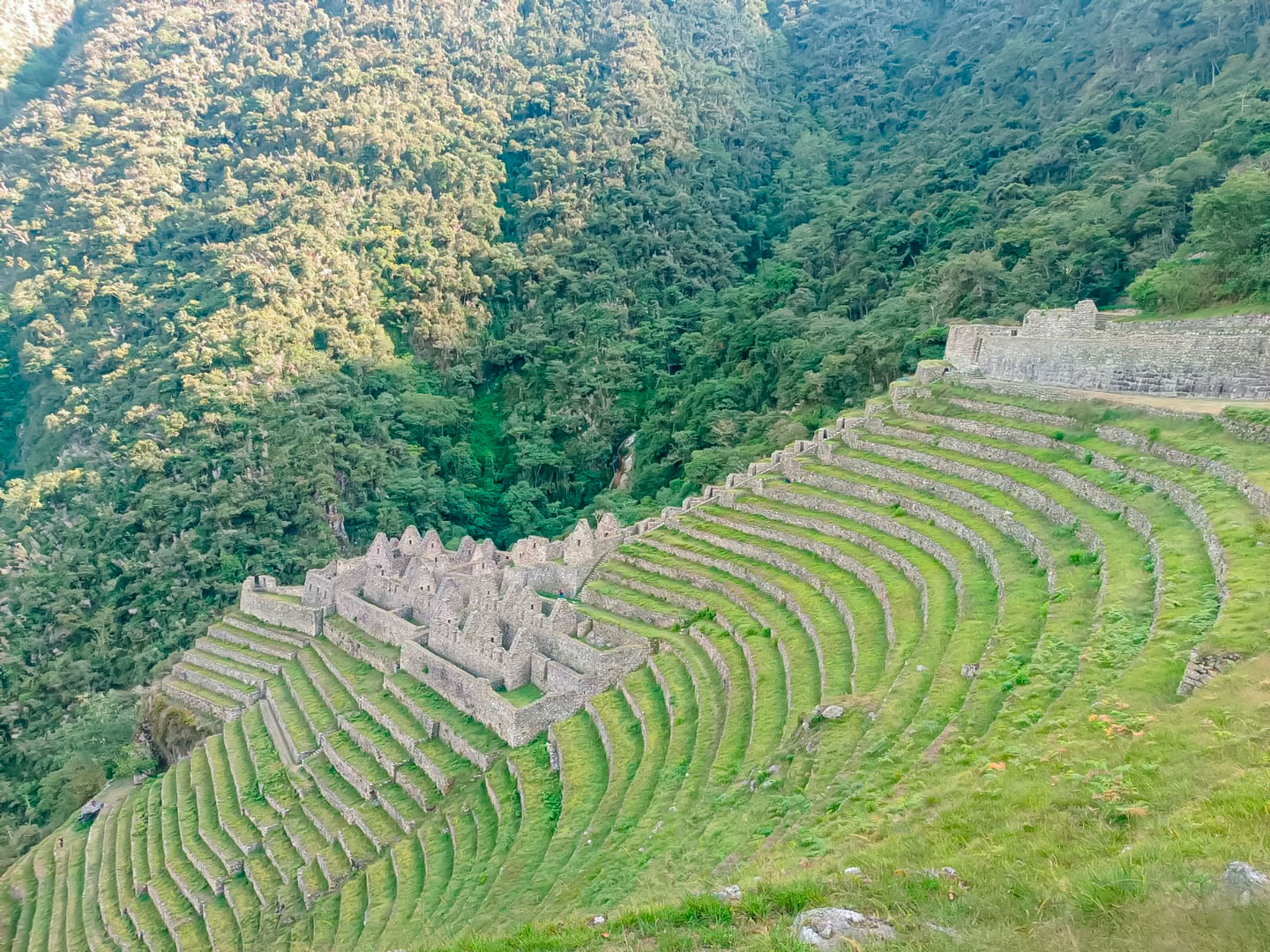
From this point, the trail levels out and winds through the jungle before reaching a steep staircase that ascends to Intipunku. After approximately two hours, you’ll arrive at the Sun Gate, where you can enjoy a magnificent view of Machu Picchu, particularly at dawn. The play of sunlight and clouds creates a mystical ambiance, with the ruins alternately hidden and revealed.
Tips and Information for Hiking the Inca Trail to Machu Picchu:
Five Tips Before Hiking the Inca Trail
Acclimate to the altitude: Spend a few days in Cusco or another high-altitude location before beginning the Inca Trail. This will help your body adjust to the lower oxygen levels and reduce your risk of getting altitude sickness. Drink plenty of water, eat light meals, and avoid alcohol.
Prepare Physically: The Inca Trail is a challenging trek, so physical preparation is essential. Engage in regular cardiovascular exercises, such as hiking, running, or cycling, and include strength training to build endurance and leg strength. Hiking at high elevations or on steep terrain can also be beneficial.
Pack wisely: Use a comfortable, well-fitted backpack, and only pack essential items. Bring lightweight clothing for varying weather conditions, sturdy hiking boots, rain gear, and a good sleeping bag. Keep your valuables, including your passport and permits, in a waterproof bag.
Get your permits early: Inca Trail permits are limited and sell out quickly. Ideally, secure your permits several months in advance. Contact authorized tour operators for assistance with obtaining permits and necessary documentation.
Follow the Leave No Trace principles: Respect the environment and local culture by adhering to these principles. Properly dispose of waste, avoid disturbing wildlife, and stay on designated paths to minimize your impact on this historic trail.
Tips for Machu Picchu
Arrive Early: To fully appreciate Machu Picchu and avoid large crowds, aim to arrive early in the morning. Sunrise visits offer a serene experience and excellent photographic opportunities.
Wear Comfortable Shoes: The site features uneven and often steep terrain. Comfortable, supportive shoes will make your exploration more enjoyable and safer.
Bring Sun Protection: The sun can be intense, even at high altitudes. Pack sunscreen, a wide-brimmed hat, and sunglasses to protect yourself from UV rays.
Stay Hydrated and Eat Light: Carry a reusable water bottle and drink frequently. Light snacks are also a good idea, as the site can be strenuous to navigate, especially during the warmer parts of the day.
Respect the Site: Follow all guidelines provided by park rangers. Stay within designated areas, do not touch or climb on the ruins, and respect the cultural significance of the site.
Inca Trail Permits 2026
In 2026, obtaining a permit for the Inca Trail remains highly competitive. Here’s what you need to know:
Booking Process: Permits are issued through authorized tour operators only. Directly book with a reputable operator who can handle the permit process for you. Ensure they are licensed and have good reviews.
Availability: Permits are typically available for purchase up to six months in advance. Given the limited number of permits issued daily, it’s advisable to book as early as possible to secure your preferred dates.
Permit Details: Each permit is linked to your passport and specific travel dates. Be sure to provide accurate details when booking to avoid complications. Bring the original passport you used for the permit on the trek.
Permit Costs: The cost of permits can vary depending on the season and tour operator. Be prepared for additional fees for entrance tickets to Machu Picchu and other associated costs.
Changes and Cancellations: Changes to permits or cancellations can be difficult and costly. Confirm your plans before purchasing permits, and review the operator's policies regarding changes or refunds.
By following these tips and staying informed about the permit process, you can enhance your experience on the Inca Trail and make the most of your visit to Machu Picchu. Happy trekking!
Inca Trail Weather
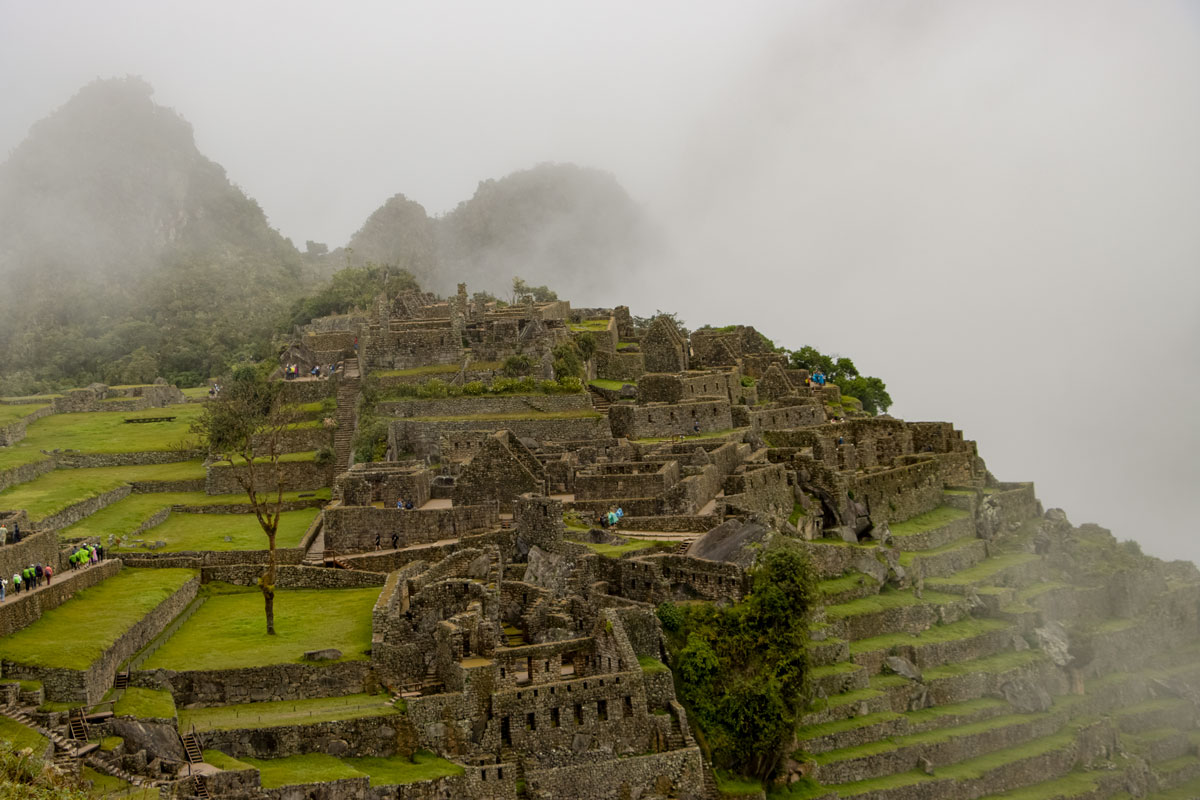
| Month |
Max Temp °F |
Min Temp °F |
Rainy Days |
| January |
66 |
45 |
18 |
| February |
66 |
45 |
13 |
| March |
66 |
43 |
11 |
| April |
68 |
41 |
8 |
| May |
68 |
39 |
3 |
| June |
68 |
32 |
2 |
| July |
66 |
36 |
2 |
| August |
68 |
39 |
2 |
| September |
68 |
43 |
7 |
| October |
68 |
43 |
8 |
| November |
70 |
43 |
12 |
| December |
70 |
43 |
16 |
Weather Overview:
Temperature: The Inca Trail experiences relatively mild temperatures throughout the year. Daytime highs typically range from 66°F to 70°F, while nighttime lows range from 32°F to 45°F. The colder months are June and July, where temperatures can drop significantly, especially at higher elevations.
Rainfall: The trail has a pronounced wet season from November to April. January and February are the rainiest months, with up to 18 and 13 rainy days, respectively. The dry season spans from May to October, with the lowest rainfall in June, July, and August, where you can expect just 2 rainy days.
Best Time to Trek: The dry season, from May to September, is generally considered the best time to trek the Inca Trail due to lower chances of rain and clearer skies. However, it’s also the peak trekking season, so expect larger crowds. The wet season, from November to April, can be less crowded but comes with higher chances of rain and muddy trails.
Packing Tips:
Layered Clothing: Prepare for varying temperatures by packing layered clothing. Include warm layers for the cooler nights and lightweight clothing for daytime hikes.
Rain Gear: Bring waterproof gear, such as a rain jacket and pants, especially if trekking during the rainy season.
Warm Accessories: A good sleeping bag rated for cold temperatures and warm accessories like gloves and a hat can be essential for the chilly nights.
By understanding the weather patterns and preparing accordingly, you can ensure a more comfortable and enjoyable trek on the Inca Trail.
How to BOOK Your Inca Trail Trek
Booking your trek on the Inca Trail involves providing specific personal details to ensure a smooth and successful reservation. Here's what you'll need to provide:
- Full Name(s)
- Nationality
- Passport Number
- Date of Birth
- Gender
- These details are crucial as they are forwarded to the relevant government agency responsible for regulating access to the Inca Trail. They will be used to generate your official permit for the trek on your chosen date. If there are any changes to your information, such as a new passport number, please notify our booking team at Machu PicchuT Tour Operator via email immediately.
Please note that the authorities have the right to deny entry if the information on the permit does not match exactly with your provided details. Machu Picchu T Tour Operator cannot be held responsible for entry issues resulting from discrepancies in the passenger information that were not communicated to us in advance.
Availability and Departures
The Classic Inca Trail offers daily departures throughout the year, except for a mandatory closure in February when all Inca Trail routes are closed for maintenance. For those interested in Alternative Routes to the Inca Trail, please get in touch with us to check availability and schedules.
All departures are subject to availability, as determined by government regulations. To check the current status of available permits and plan your trek, visit the official Inca Trail Availability website.
By following these guidelines and ensuring all your information is accurate, you can secure your place on this incredible journey through history and nature.
Inca Trail Permit Availability
If you're planning to hike the Inca Trail, securing a permit is a must. With a daily limit of only 500 permits—shared among trekkers, porters, and cooks—it's vital to book as early as possible. Permit availability fluctuates based on demand, making advance planning essential.
When to Reserve Your Spot on the Inca Trail
Off-Peak and Rainy Seasons:
December: Plan to book around 7 months in advance.
January: Aim to book approximately 7 months ahead.
February: Note that the Inca Trail is closed for maintenance this month.
March: Book roughly 7 months in advance.
April: Aim to reserve about 6 months ahead.
Peak and Dry Seasons:
May: It's advisable to book about 10 months in advance.
June: Secure your permits around 10 months prior.
July: Aim for a 10-month advance booking.
Transition Periods and High Season:
August: Book about 6 months in advance.
September: Plan to book approximately 6 months ahead.
October: Reserve your spot around 6 months in advance.
November: Aim to book about 6 months in advance.
Confirming Your Booking
Machu Picchu T Tour Operator guarantees your reservation once:
- Our booking team confirms availability via email.
- We have received all necessary passenger details.
- A deposit has been paid to secure your spot.
Adhering to these booking timelines will enhance your chances of obtaining a permit and ensure you’re all set for an unforgettable journey on the Inca Trail.
Inca Trail Closure
The Inca Trail undergoes a scheduled closure every February for essential conservation work. This period allows the trail’s ecosystem, including the vegetation, to rejuvenate and recover. Additionally, February is typically the wettest month of the year. Despite the closure of the Inca Trail, alternative trekking routes remain accessible during this time.
Inca Trail & Huayna Picchu Mountain
According to recent government regulations, access to both the Inca Trail and Huayna Picchu Mountain now requires purchasing a specific Huayna Picchu entry ticket along with the general Machu Picchu 3 Circuit ticket. The standard entry ticket for the Inca Trail does not include access to Huayna Picchu. When you complete the Inca Trail, you'll enter Machu Picchu through the Sun Gate, which is distinct from the general entrance, and you’ll enjoy a specialized tour from this vantage point.
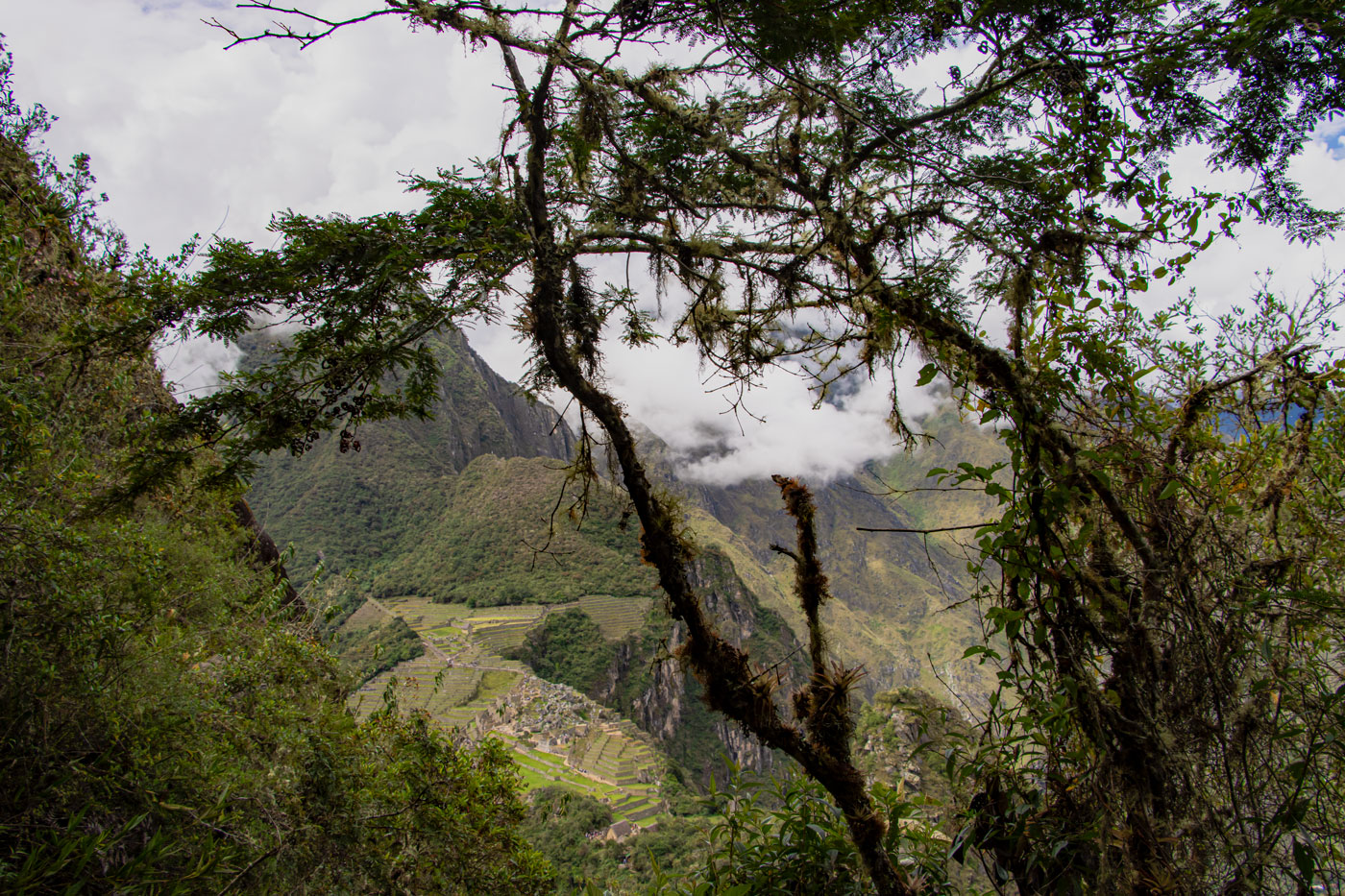
If you wish to climb Huayna Picchu, you must acquire an additional Machu Picchu entry ticket, costing a total of USD $85 per person. Keep in mind that depending on your group’s pace, you might have to shorten your Machu Picchu tour to accommodate the Huayna Picchu climb in the second group. If climbing Huayna Picchu is a priority for you, please consult with us. Otherwise, we recommend focusing on the Inca Trail experience without adding Huayna Picchu.
Inca Trail FAQ’s
Can I Obtain My Own Inca Trail Permit?
Unfortunately, permits for the Inca Trail can only be acquired through authorized tour operators and agencies. Individuals cannot obtain these permits directly.
How Can I Book My Inca Trail Permit?
To secure your permit, it's recommended to book about 8 months in advance for treks planned from May to October. For trips between November and April, you can book within 2 months of your intended travel date.
IMPORTANT: The Inca Trail is closed for maintenance every February.
How Long Has Machu Picchu T Tour Operator Been an Authorized Inca Trail Agency?
Machu Picchu T Tour Operator boasts over 12 years of experience in managing Inca Trail tours. We offer carefully crafted tour packages designed with your convenience and safety in mind.
Why is an Inca Trail Permit Necessary?
Previously, the Inca Trail was not regulated, allowing unrestricted access, which led to significant deterioration of the ruins. Since 2002, government regulations have been implemented to protect this historical site. Only authorized individuals and groups are permitted to trek the Inca Trail, ensuring better preservation and management of the area.
Inca Trail Photos
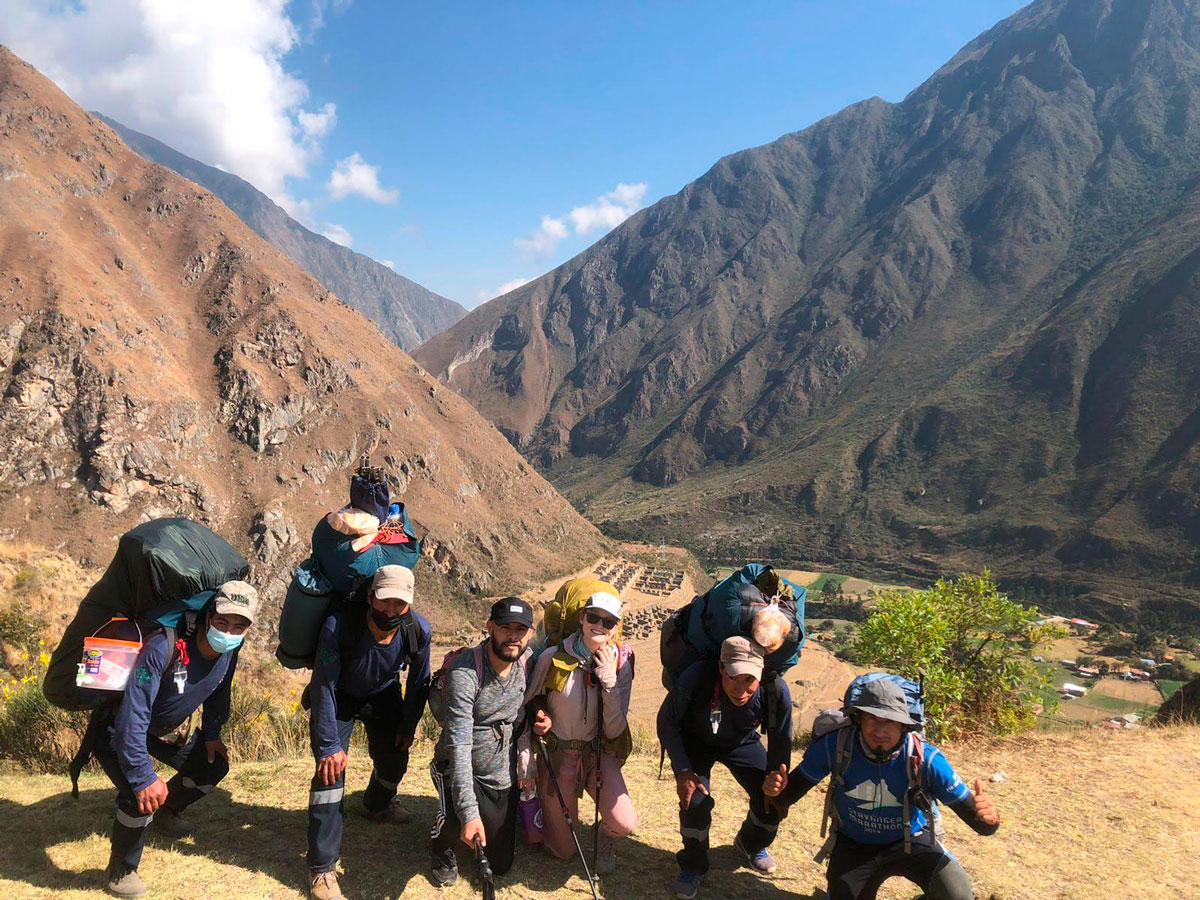 |
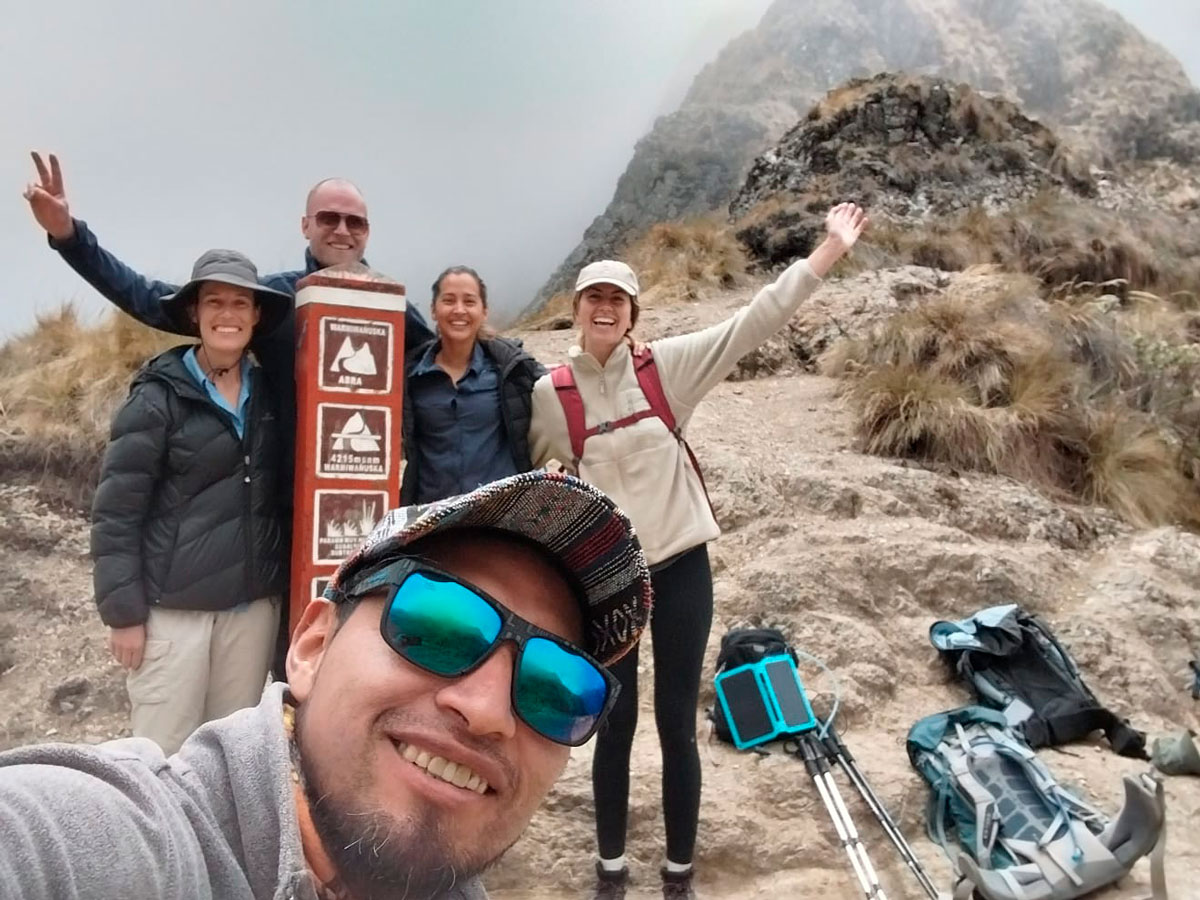 |
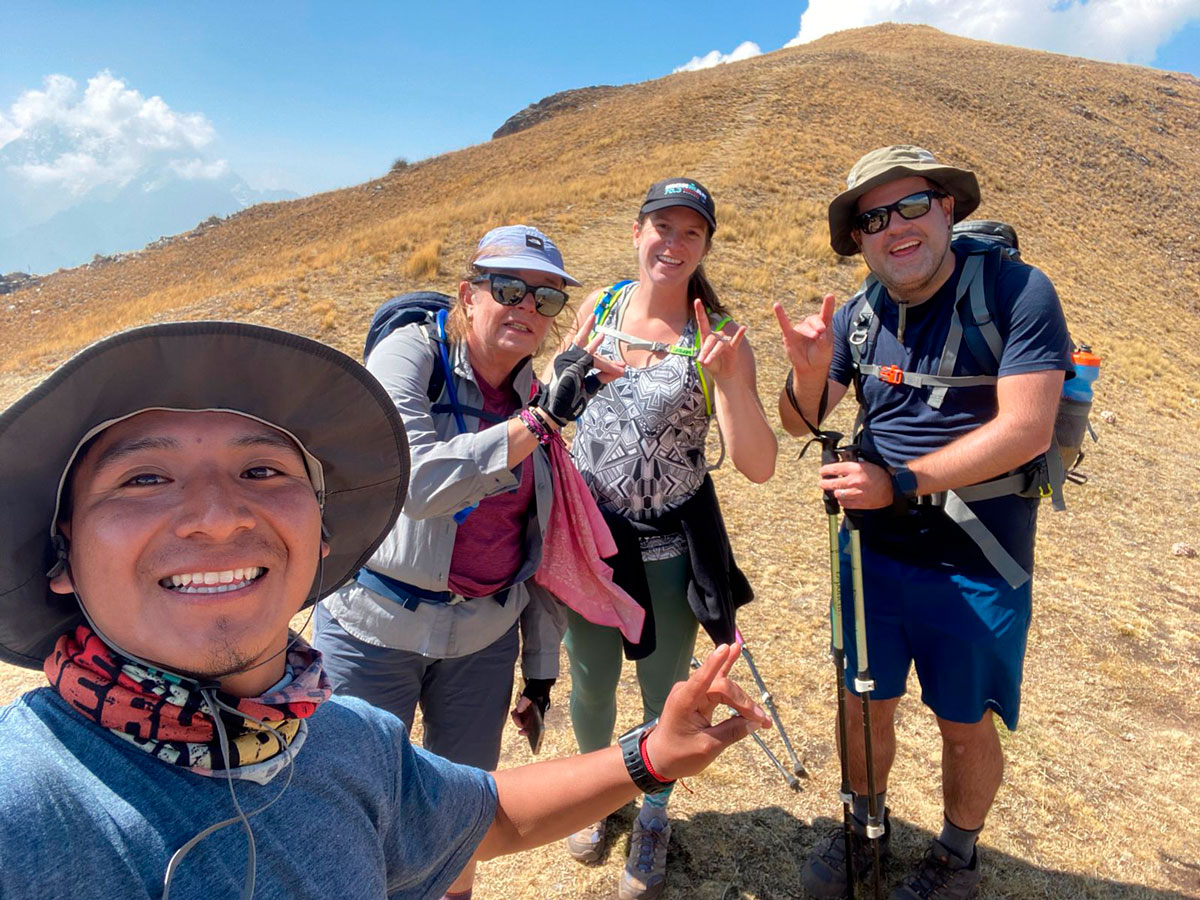 |
Peru Inca Trail
|
Inca Trail
|
Inca Trail: Small Groups
|
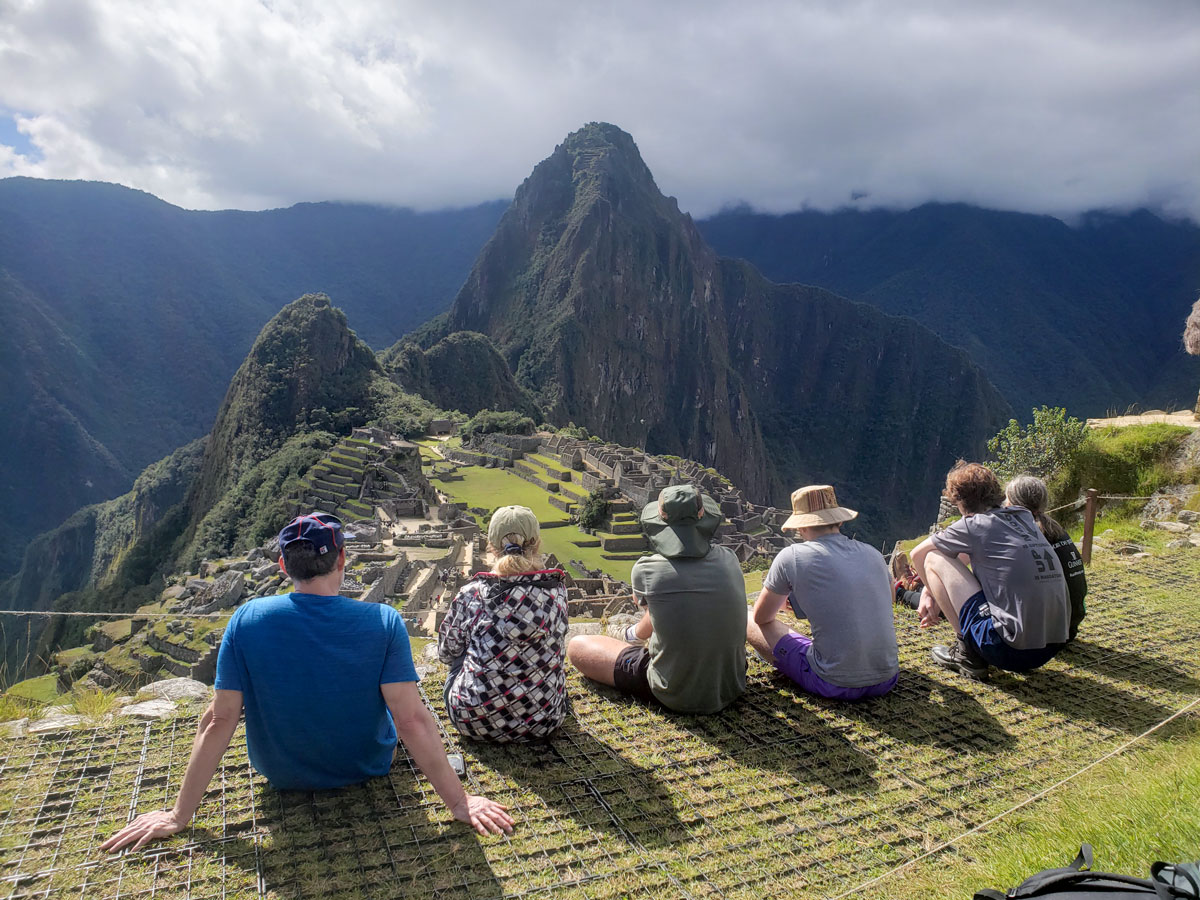 |
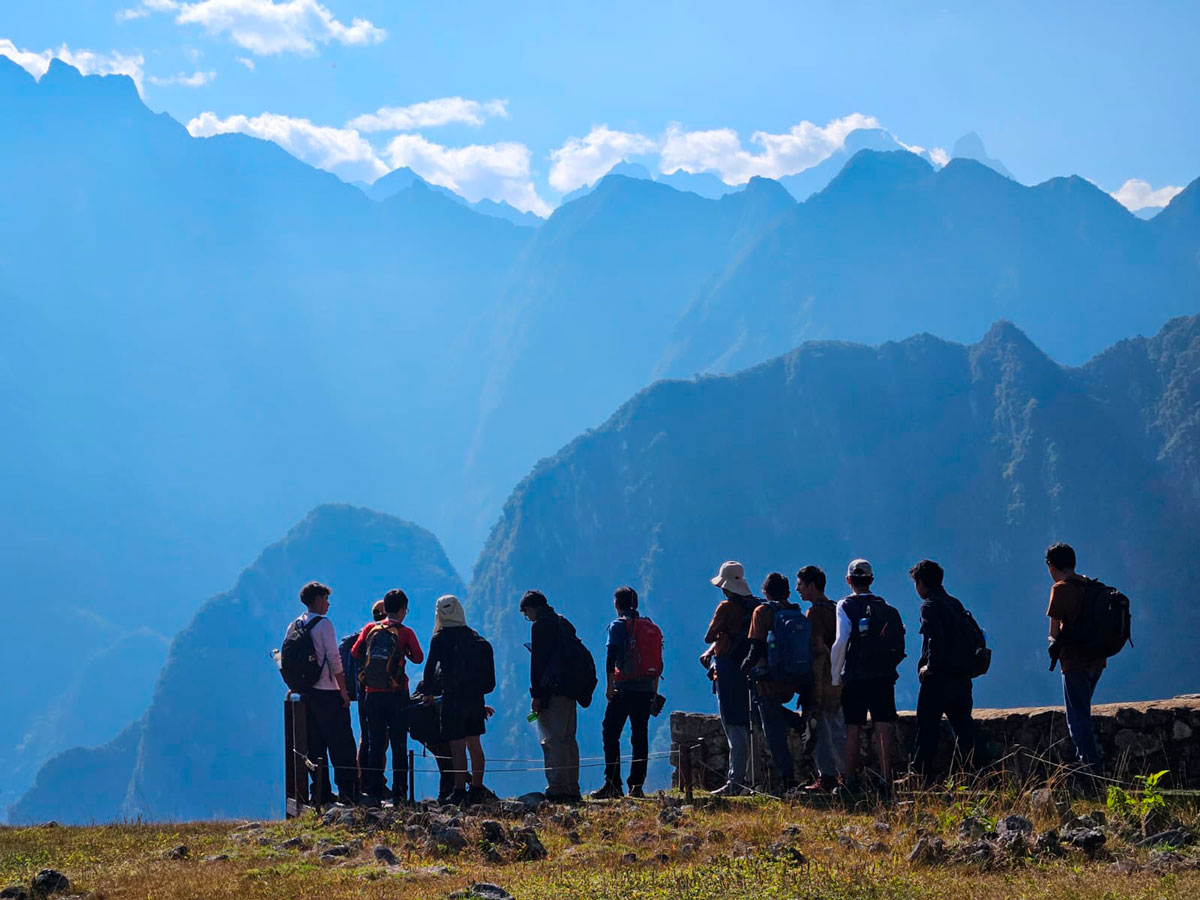 |
 |
Inca Trail Machu Picchu
|
Inca Trail Peru
|
Inca Trail tours
|
